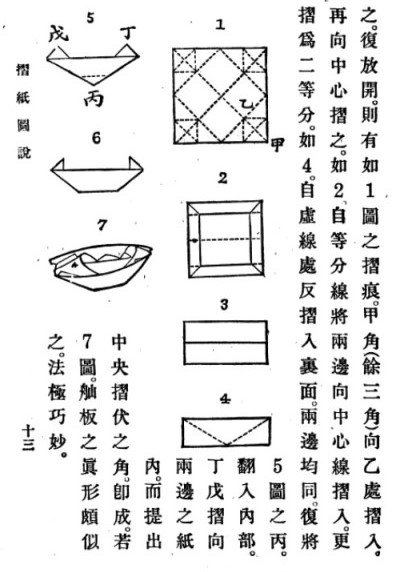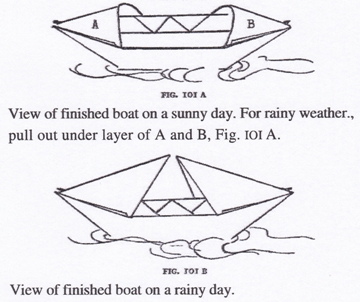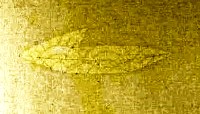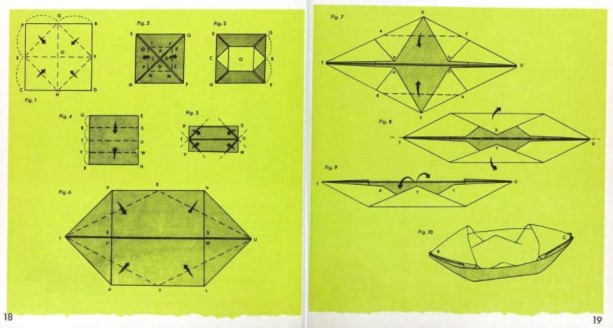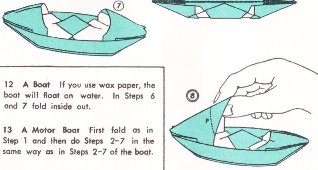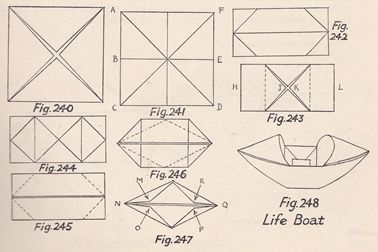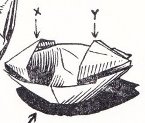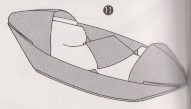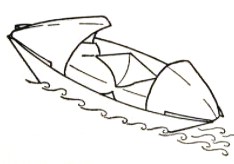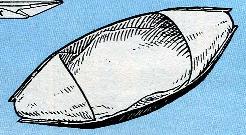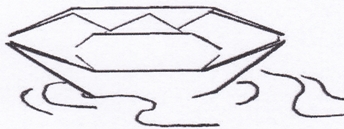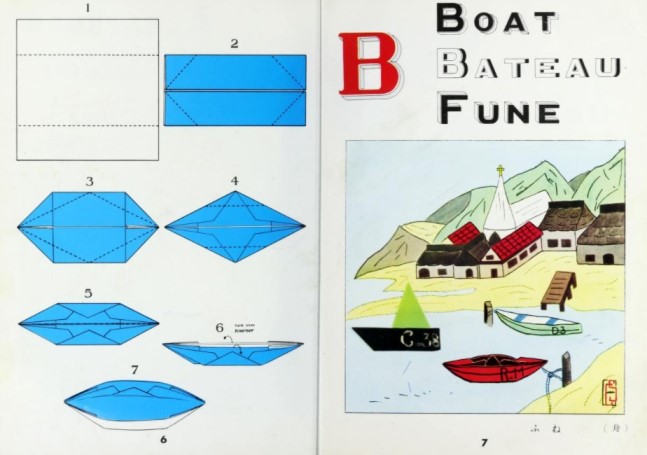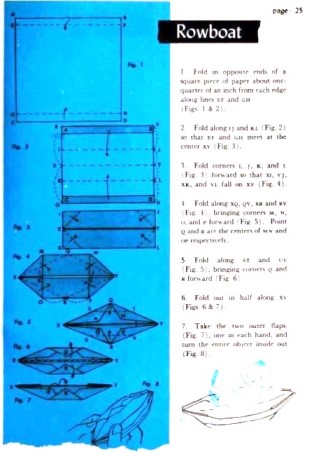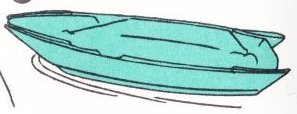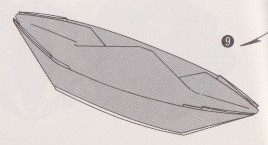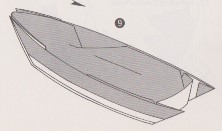| The Public Paperfolding History Project
x |
|||||||
| The Sampan / The Rainy Day Sampan / The Inside Out Boat (Fune) / The Fishing Boat | |||||||
| This
page attempts to record what is known about the origin
and history of the origami designs known as the Sampan,
The Rainy Day Sampan, the Inside Out Boat and the Fishing
Boat. Please contact me if you know any of this
information is incorrect or if you have any other
information that should be added. Thank you. Oddly the simpler version of this design, the Inside Out Boat, appears later in the historical record than the more complex version, the Sampan. The Japanese name for the Inside Out Boat is Fune. ********** The Sampan / The Rainy Day Sampan In China (and in publications by Chinese authors) 1914 Diagrams for this design appear in 'Zhe zhi tu shuo' (Illustrated Paperfolding), compiled by Gui Shaolie, which was published by the Commercial Press in Shanghai in Ming guo 3 (1914).
********** 1948 As the 'Chinese Fishing Boat', along with it's Rainy Day Sampan variant, in 'The Art of Chinese Paper folding for Young and Old' by Maying Soong, which was published by Harcourt Brace and Company of New York in 1948.
********** In Japan (and in publications by Japanese authors) 1912 A drawing of the Sampan appears in a monozukushi-e print, by an unknown artist, but said to be from the Meiji era. I have temporarily assigned it the date of 1912, the last year of that era, pending the discovery of more accurate information.
********** The Sampan also appears: 1935 In a print in 'Origami Moyo, Book Two' by Kawarazaki Kodo, which was published in Japan in 1935.
********** 1959 As the 'Motorboat', in 'Origami: Book Three' by Florence Sakade, which was published by the Charles E Tuttle Company in Rutland, Vermont and Tokyo in 1959.
********** As a 'Motorboat' in 'Pocket Guide to Origami: Bow-Wow Book', by Isao Honda, which was published by the Asahi Origami Club, Tokyo in 1959.
********** In Western Europe and the Americas 1937 The Sampan appears, under the title the 'Lifeboat', in Margaret Campbell's 'Paper Toy Making' which was first published by Sir Isaac Pitman and Sons Ltd in London, probably in 1937, although both the Foreword and Preface are dated 1936, which argues that the book was complete at that date.
********** The Sampan design also appears: 1956 As 'The Life Boat' in 'Paper Magic' by Robert Harbin, which was published by Oldbourne in London in 1956
********** 1965 As 'Motorboat' in 'The World of Origami' by Isao Honda, which was published in the USA by Japan Publications Trading Company in 1965.
********** 1968 As the 'Sampan' in 'Teach Yourself Origami: The Art of Paperfolding' by Robert Harbin, which was published by The English Universities Press in 1968, where it was said to be of Korean, Chinese and Japanese origin.
********** As 'Fishing Boat', in 'Your Book of Paperfolding' by Vanessa and Eric de Maré, which was published by Faber and Faber in London in 1968, where it was is to be a traditional Japanese design.
********** 1975 In the 1975 Rupert Annual as 'Rupert's Chinese Boat'.
********** The Inside Out Boat / The Fishing Boat In China (and in publications by Chinese authors) 1948 As far as I know this simpler version of the design first appears, as the 'Row Boat' in 'The Art of Chinese Paper folding for Young and Old' by Maying Soong, which was published by Harcourt Brace and Company of New York in 1948.
********** In Japan (and in publications by Japanese authors) 1951 In 'Origami: Folding Paper for Children' by Claude Sarasas, which was first published by Kodansha in Tokyo in 1951.
********** 1958 As the 'Rowboat' in 'Origami: Book Two' by Florence Sakade, which was published by the Charles E Tuttle Company in Rutland, Vermont and Tokyo in 1958
********** 1959 As 'A Boat' ' in 'Pocket Guide to Origami: Bow-Wow Book', by Isao Honda, which was published by the Asahi Origami Club, Tokyo in 1959.
********** 1965 As 'Boat', in 'The World of Origami' by Isao Honda, which was published in the USA by Japan Publications Trading Company in 1965.
This book also contains a second version of the design, called 'Fishing Boat', in which one end of the design has been altered to produce a flat stern.
********** |
|||||||
